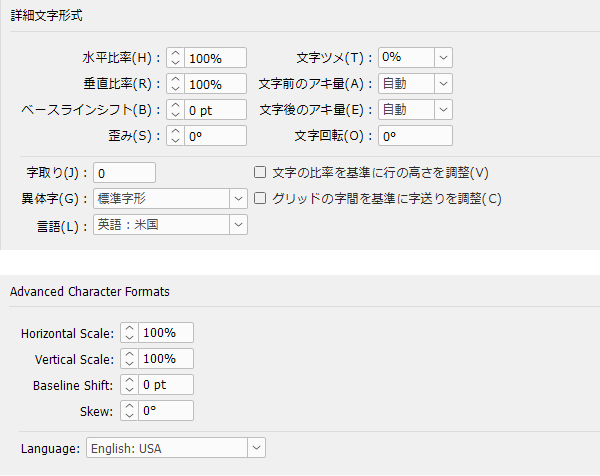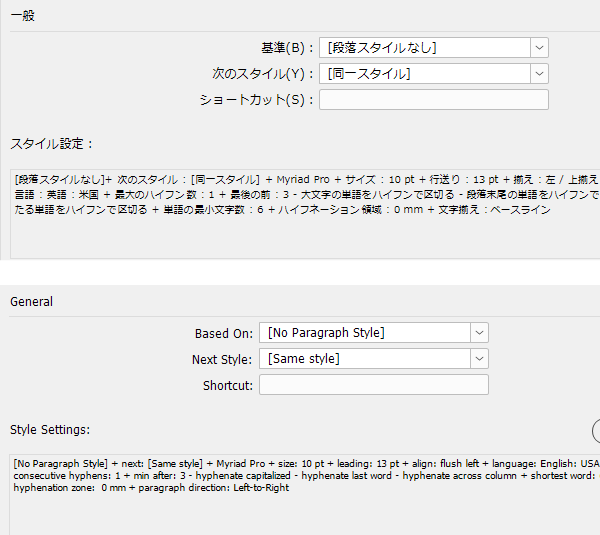
When reviewing documents related to IT and FA, I often come across sentences that are difficult to understand and read due to ambiguous dependencies. Therefore, in this article, I will introduce several example sentences where the modification relationships are unclear and explain how to correct them.
- Table of Contents
>>Related Download Materials: Nine Cases of Machine Translation Errors and Post-Editing & Post-Editing Checklist
1. Example 1:
- ・Original: In Cloud View, click on the region and select the service you want to change the status of.
- ・Translated text (before modification): From the Cloud view, click a region and select a service to modify the status.
- ・Translated text (after modification): From the Cloud view, click a region and select a service whose status is to be modified.
Looking at the original text, "want to change the state" modifies "service." However, in the translated text, the infinitive "to modify" is used, which gives a nuance like "choosing a service to change the state." As it stands, there is a risk that the original meaning may not be accurately conveyed to the reader, so it is necessary to utilize the possessive relative pronoun "whose" to clarify the relationship between "service" and "state."
* Regarding "want to change," if you would like to use "want," it is also possible to say "a service whose status you want to modify." However, in technical writing, there is a tendency to avoid pronouns like "you" as much as possible, so the above suggestion of "a service whose status is to be modified" is recommended.
2. Example ②:
- ・Original: Only the invited folder will be displayed on the screen for the user.
- ・Translated text (before modification): Users will only see the invited folders on the screen.
- ・Translation (after revision): Users will only see the folders to which they have been invited on the screen.
The term "the invited folders" is a direct translation of "the invited folders", but in this context, "the invited folders" means "the folders that the user has been invited to." However, using "the invited folders" does not accurately convey that meaning, so it is necessary to revise it to clearly indicate "the folders that the user has been invited to" by using "to which."
3. Example ③:
- ・Original text: Set up the user account to access the LMS agent.
- ・Translated text (before modification): Sets the user account for accessing the LMS agent.
- ・Translation (after revision): Sets the user account with which to access the LMS agent.
The phrase "the user account for accessing" translates the Japanese "the user account for accessing" using a prepositional phrase, conveying a nuance similar to "the user account for access." While this conveys some meaning, using the structure "preposition + relative pronoun + to + base form of the verb" ("with which to access") clarifies the modifying relationship between "account" and "access," resulting in a more readable sentence.
* It is also possible to change "with which to" to "by which to".
4. Example ④:
- ・Original text: This will involve preparing a relatively long beam that can absorb bending stress over its entire length.
- ・Translated text (before modification): This provides for a relatively long beam for absorbing the deflection stress.
- ・Translated text (after revision): This provides for a relatively long beam over which the deflection stress can be absorbed.
Here, similar to the example of "3", "can absorb" is translated as "for absorbing" using a prepositional phrase. While this is not a mistranslation, the relationship between "can absorb bending stress" and "relatively long beams" is unclear, resulting in a confusing sentence. Additionally, using "for absorbing" makes the meaning of "can" ambiguous. Therefore, it is necessary to use "over which" to clarify the relationship.
5. Example 5:
- ・Original text: When inviting as a collaborator, it is also necessary to consider the folder to which access is granted.
- ・Translation (Before Revision): When inviting collaborators, it is necessary to review the folders access is to be permitted to.
- ・Translated text (after revision): When inviting collaborators, it is necessary to review the folders to which access will be permitted.
The text before revision has no grammatical errors and its meaning is consistent with the original. However, the preposition is at the very end of the sentence, making it difficult to read and visually unappealing. Depending on the reader's interpretation, there is also a risk of misreading it as "folders access". While this style may be used in general writing or novels, it is unnatural in technical writing, so it is advisable to avoid it if possible.
* "will be permitted" can also be changed to "is to be permitted."
This time, we introduced three ways to use relative pronouns to clarify dependencies within sentences.
・Preposition + Relative Pronoun (e.g., "in which", "from which")
・Preposition + relative pronoun + to + base form of the verb (e.g., "with which to")
・Relative pronoun 'whose'
These grammatical structures are relatively advanced, but from the perspective of clarifying dependencies and improving readability, they are very useful. In particular, the structure "preposition + relative pronoun + to + base form of the verb" can be very helpful in technical writing once you become accustomed to using it, so please give it a try.
>>Related Download Materials: Nine Cases of Machine Translation Errors and Post-Editing & Post-Editing Checklist



























